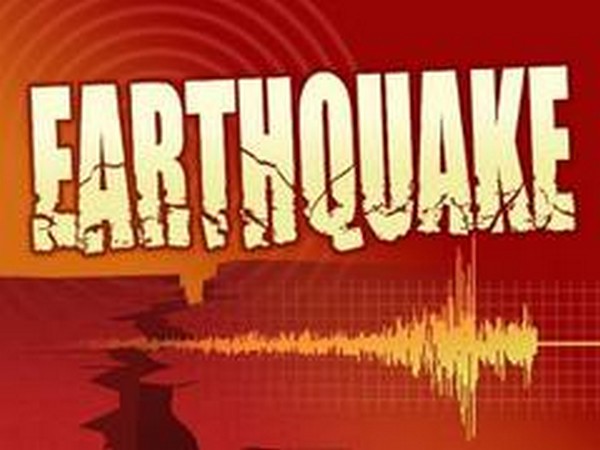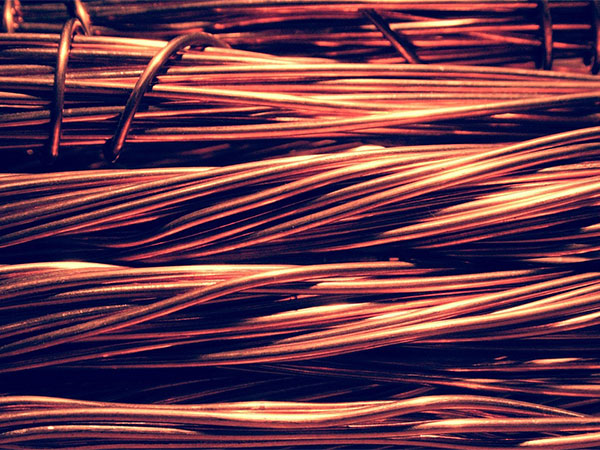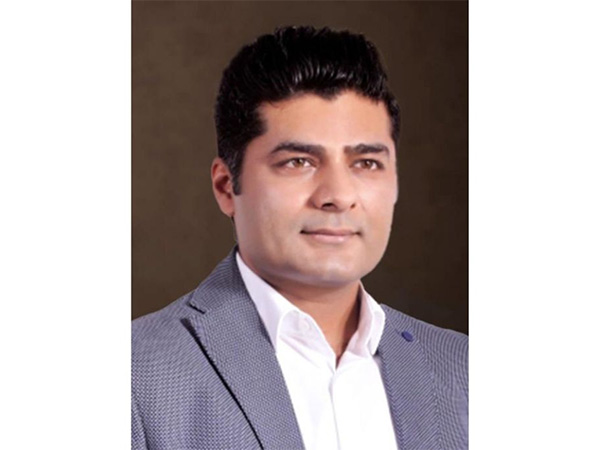Architects warn against rushed quake reconstruction in Morocco
Oct 09, 2023

Rabat [Morocco], October 9: How do you rebuild and earthquake-proof a centuries-old Moroccan mountain village, at speed, without sacrificing its traditional architecture? That's a key challenge facing the reconstruction of the country's isolated "douars" (or villages), which were devastated by a strong 6.8-magnitude earthquake last month. The September 8 quake, which killed around 3,000 people and injured 5,600, according to the latest official figures, damaged about 60,000 homes across 3,000 villages in the High Atlas mountains and their surroundings.
One month on, the survivors are still living in tents and relying on a field hospital and temporary schools set up by the authorities. In the meantime, a small army of architects has mobilized and is sketching out ideas on how to reconstruct the douars in a way that respects the traditional architecture of these isolated and largely deprived communities. Karim Rouissi, a Moroccan architect, has been on investigative trips to around 30 of the villages, in particular those in Al-Haouz - the province most affected by the earthquake. "Supervised self-build should be encouraged, using local materials," he told AFP.
"It's important that the response in the douars and rural centers be different to that for urban areas," said Rouissi, who was joined on his visits by fellow volunteer architects, engineers and officials from the housing ministry. 'Overconfidence in concrete' Returning to traditional architecture may, in fact, be part of the answer to the need for greater resilience. In recent years, "often poorly built" concrete construction has displaced traditional earthen and stone buildings in the High Atlas, said ElieMouyal, another Moroccan architect.
"Overconfidence in concrete has been a trap," the specialist in traditional housebuilding told AFP. "I saw many more collapsed concrete houses," he said. While some earthen buildings had also fallen down, he added, they were mostly already in poor condition before the earthquake. Morocco must avoid "copying external experiences or opting for standardized housing", said Philippe Garnier, a French architect who studied Iran's 2003 Bam earthquake and the devastating 2010 tremor in Haiti. "The idea is to build on local expertise in traditional construction, making some improvements, and therefore enhancing their know-how," he said.
Rabat has announced a budget of 120 billion dirhams ($11.6 billion) over five years to support 4.2 million people affected by the quake. And King Mohammed VI has stressed the importance of "listening to the local population" and respecting the "unique heritage" and traditions in the region during the reconstruction. 'Winter worries me' Such is the scale of the task that it may well last several years, said Garnier. Avoiding a rushed reconstruction will be essential to ensuring solid and lasting foundations, the architects said.
Proper positioning of rebuilds to take seismic activity into account and avoiding open-plan ground floors is essential, Garnier said. Given how long this could take, Mouyal has designed a prototype "nouala", a type of traditional cabin, as a potential temporary housing solution. The 15-square-metre (160-square-foot) cabins are built using reed canes wrapped in earth and straw. For insulation, the architect at first opted for foam but eventually settled on hemp and PVC tarpaulins. T
he temporary housing can be built in as little as a week for just 6,000 dirhams ($582) without insulation, said Mouyal, who has already begun training others in how to build the prototypes. Nevertheless, AbderrahimAkbour, who has been homeless for a month, remained worried. He lived in ImiN'Tala, a mountain village 75 kilometers (46 miles) south of Marrakesh. It was completely flattened by the earthquake, and residents were relocated to a neighboring village. "Living in a tent with winter coming quickly worries me a lot," he said. "It could be much worse than the earthquake itself." - AFP
Source: Kuwait Times









